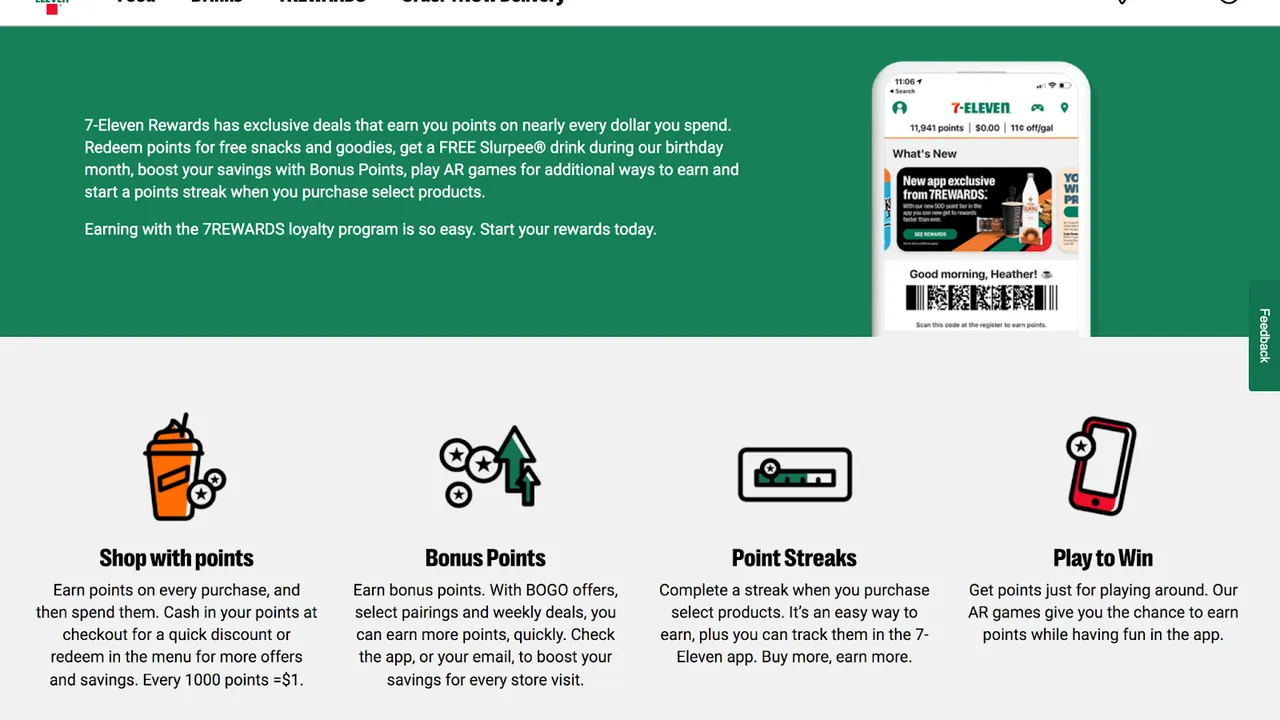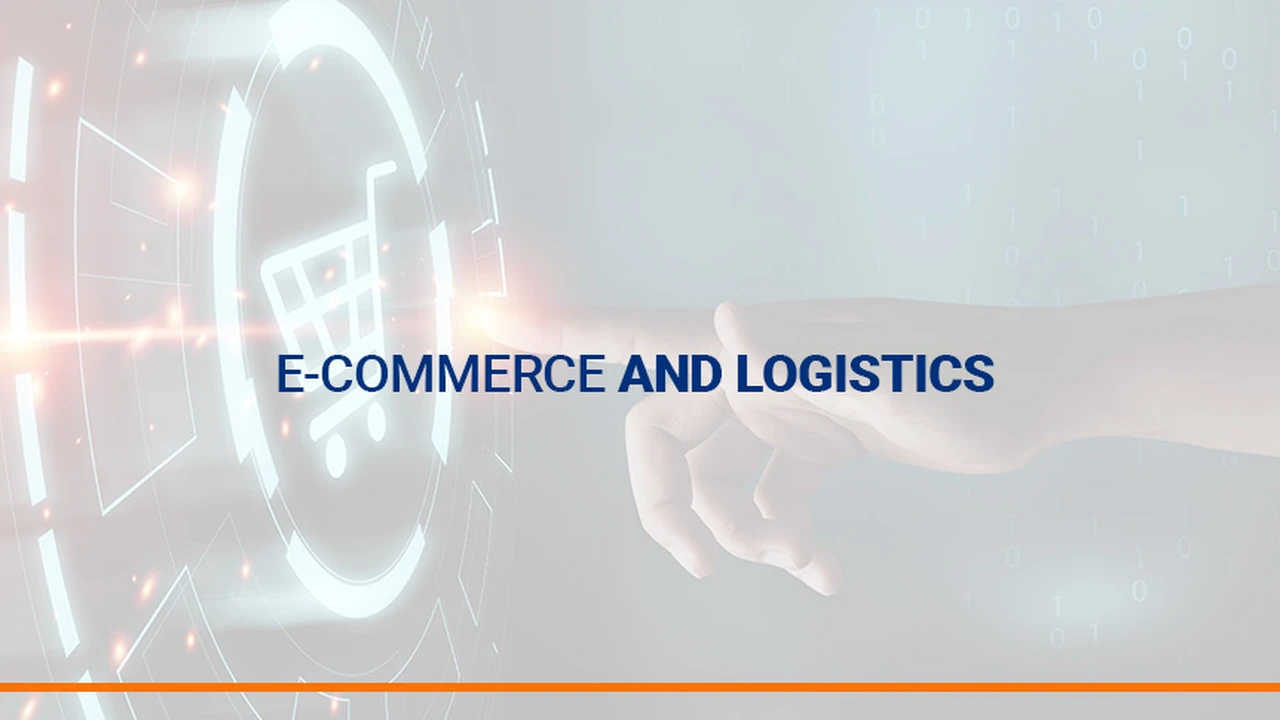Personalized Shopping Experiences: The Key to E-commerce Success in 2025
Sample meta description.

Understanding the Power of Personalization in SEA & Mexico E-commerce
Alright, let's dive into the wild world of e-commerce, specifically focusing on Southeast Asia (SEA) and Mexico, and fast forward to 2025. You know what's going to separate the winners from the, well, less successful? Personalization. It's not just a buzzword anymore; it's the bedrock of a thriving online business. Think about it – you’re scrolling through a site, and suddenly, BAM! You see something you *actually* want. That’s personalization in action. It's about understanding your customers deeply, anticipating their needs, and delivering a shopping experience that feels tailor-made just for them. We're talking about moving beyond generic recommendations and into hyper-relevant, contextual offerings.
Why Personalization Matters More Than Ever E-commerce Trends SEA Mexico 2025
So, why is this personalization thing so crucial? Well, a couple of reasons. First, the e-commerce landscape in SEA and Mexico is getting seriously crowded. Competition is fierce. Standing out from the noise means offering something unique, something that resonates with each individual shopper. Second, consumers are getting savvier. They're bombarded with ads and marketing messages all day long. They're tired of being treated like just another number. They crave experiences that feel authentic and relevant. Personalization delivers that.
Think about the sheer diversity in these regions. SEA encompasses countries like Singapore, Indonesia, Thailand, and the Philippines, each with its own unique culture, preferences, and spending habits. Mexico, too, boasts a diverse consumer base with varying levels of digital literacy and economic power. A one-size-fits-all approach simply won't cut it. You need to understand the nuances of each market and tailor your offerings accordingly.
Data is King Leveraging Customer Data for E-commerce Personalization
Okay, so how do you actually *do* personalization? It all starts with data. You need to collect as much relevant information about your customers as possible – their browsing history, purchase history, demographics, location, even their social media activity. But it's not just about collecting data; it's about analyzing it and using it to create meaningful insights. Tools like Customer Relationship Management (CRM) systems and data analytics platforms are your best friends here. They can help you segment your audience, identify patterns, and predict future behavior. For example, if a customer consistently buys organic skincare products, you can recommend other eco-friendly items or offer them exclusive discounts on their favorite brands. Remember to be transparent about how you're collecting and using data. Consumers are increasingly concerned about privacy, so it's important to be upfront about your data practices and give them control over their information. Offer them the option to opt-out of data collection or customize their preferences.
Personalization Strategies That Work in SEA & Mexico E-commerce
Alright, let's get down to brass tacks. Here are some specific personalization strategies that are proving successful in SEA and Mexico:
* **Personalized Product Recommendations:** This is the bread and butter of personalization. Use algorithms to recommend products based on a customer's past purchases, browsing history, and demographics. Amazon does this incredibly well. * **Personalized Email Marketing:** Don't just send out generic newsletters. Segment your email list and send targeted messages based on customer interests and behavior. For example, send a special offer to customers who abandoned their shopping cart or announce a new product launch to customers who have previously purchased similar items. * **Personalized Website Content:** Tailor the content of your website to each individual visitor. Show them products and promotions that are relevant to their interests. Use dynamic content to change the website based on their location or browsing history. * **Personalized Search Results:** Ensure that search results are relevant to the user's query and past behavior. Prioritize products that they are likely to be interested in. * **Personalized Customer Service:** Train your customer service representatives to provide personalized support based on each customer's individual needs. Use data to understand their past interactions and preferences. * **Localized Experiences:** Translate your website and marketing materials into the local languages. Offer payment options that are popular in each region. Adapt your products and services to the local culture.Product Recommendations and Comparisons E-commerce Best Practices
Let's get practical. Here are a few product recommendations and comparisons, keeping in mind the SEA and Mexico markets, along with potential use cases and price points (estimated):
1. Portable Air Purifier: Xiaomi Mi Air Purifier 3C vs. Dyson Pure Cool Me
Use Case: Given the air quality challenges in some cities in SEA and Mexico, portable air purifiers are becoming increasingly popular. Perfect for small apartments, offices, or even car use.
Xiaomi Mi Air Purifier 3C: A budget-friendly option with a HEPA filter, capable of removing PM2.5 particles, dust, and pollen. Controlled via a smartphone app.
Dyson Pure Cool Me: A premium option with advanced filtration technology and personal cooling. More stylish and feature-rich, but also significantly more expensive.
Price: Xiaomi Mi Air Purifier 3C (approx. $100 USD), Dyson Pure Cool Me (approx. $350 USD).
Comparison: Xiaomi is great for budget-conscious consumers seeking basic air purification. Dyson is ideal for those who want advanced features, style, and are willing to pay a premium.
2. Smart Home Security Camera: EZVIZ C6CN vs. Arlo Pro 4
Use Case: Increased demand for home security in both regions. These cameras are perfect for monitoring homes, apartments, or small businesses.
EZVIZ C6CN: A pan-and-tilt camera with motion detection, two-way audio, and cloud storage options. A cost-effective option for basic security needs.
Arlo Pro 4: A wireless camera with 2K HDR video, color night vision, and integrated spotlight. Offers more advanced features and superior image quality but comes at a higher price.
Price: EZVIZ C6CN (approx. $50 USD), Arlo Pro 4 (approx. $200 USD).
Comparison: EZVIZ is a good choice for those on a budget who need basic security features. Arlo Pro 4 is better for those who want superior image quality, wireless convenience, and advanced features.
3. Electric Scooter: Xiaomi Mi Electric Scooter Pro 2 vs. Segway Ninebot ES4
Use Case: Growing popularity of electric scooters for commuting and short trips in urban areas. Ideal for navigating congested city streets and reducing carbon footprint.
Xiaomi Mi Electric Scooter Pro 2: A popular option with a long range, powerful motor, and foldable design. A good balance of performance and affordability.
Segway Ninebot ES4: A more premium option with dual batteries for extended range and enhanced suspension for a smoother ride. More expensive but offers superior performance and comfort.
Price: Xiaomi Mi Electric Scooter Pro 2 (approx. $500 USD), Segway Ninebot ES4 (approx. $700 USD).
Comparison: Xiaomi is a great choice for everyday commuting and shorter trips. Segway is better for longer distances, rougher terrain, and those who prioritize comfort.
The Future of Personalized E-commerce in SEA & Mexico
Looking ahead to 2025 and beyond, personalization is only going to become more sophisticated. We're talking about AI-powered personalization engines that can predict customer needs with incredible accuracy. Imagine a system that can anticipate what you're going to buy *before* you even realize you need it! That's the future we're heading towards.
Voice commerce is also going to play a major role. As voice assistants like Alexa and Google Assistant become more prevalent, consumers will increasingly rely on them to make purchases. This will require businesses to optimize their products and services for voice search and create personalized voice experiences.
Augmented reality (AR) and virtual reality (VR) will also transform the e-commerce landscape. Imagine being able to "try on" clothes virtually or see how furniture would look in your home before you buy it. These technologies will create more immersive and engaging shopping experiences, leading to increased sales and customer satisfaction.
But remember, personalization is not a silver bullet. It's important to strike a balance between personalization and privacy. Consumers don't want to feel like they're being spied on. Be transparent about your data practices and give them control over their information. If you can do that, you'll be well-positioned to succeed in the personalized e-commerce landscape of SEA and Mexico in 2025 and beyond.
:max_bytes(150000):strip_icc()/277019-baked-pork-chops-with-cream-of-mushroom-soup-DDMFS-beauty-4x3-BG-7505-5762b731cf30447d9cbbbbbf387beafa.jpg)






